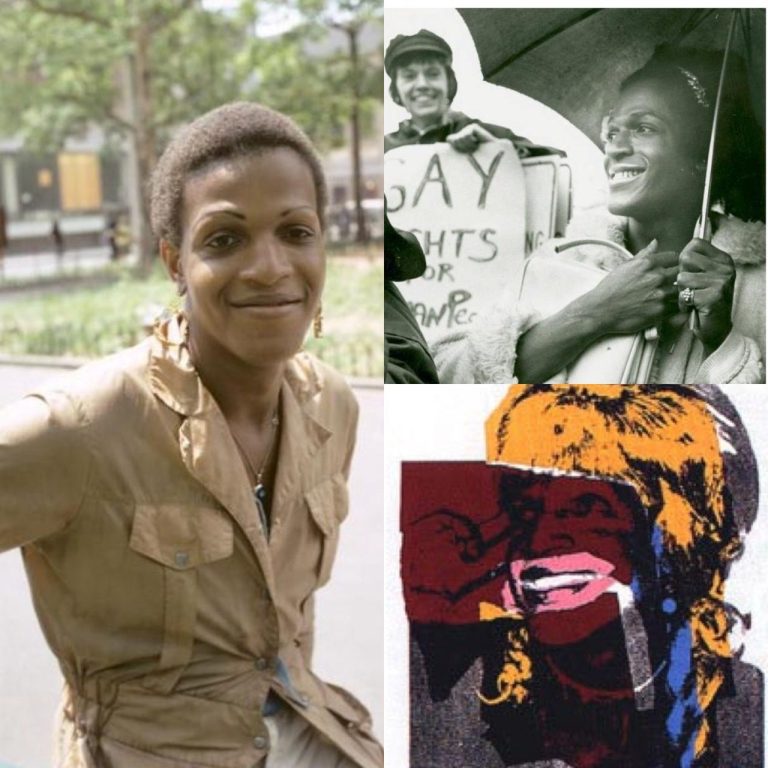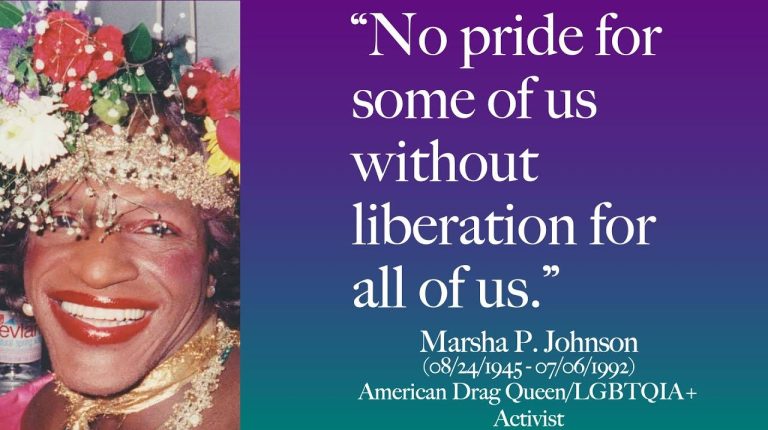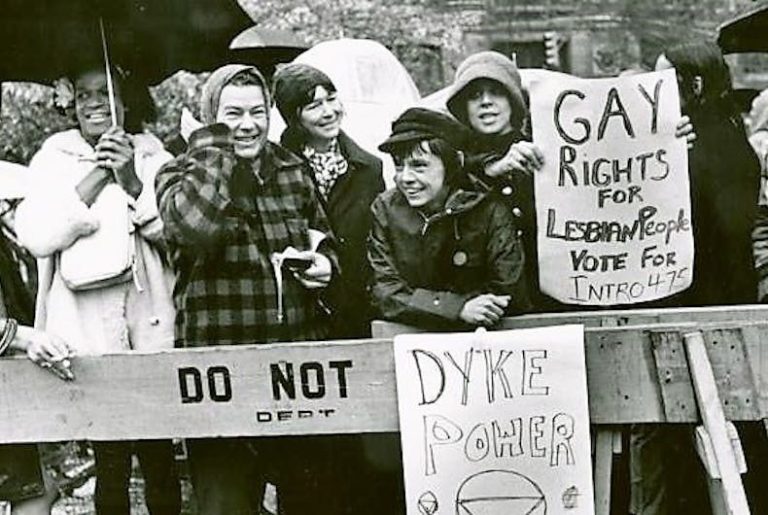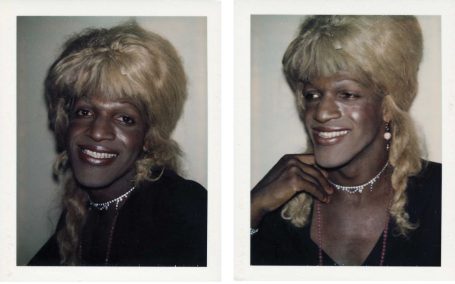
Who is Martha P Johnson?
Born: August 24, 1945, in Elizabeth, New Jersey (Malcom Michaels Jr.)
Died: July 6, 1992 (body found in the Hudson River; death ruled a
suicide, but some suspect foul play)
Sex: Male
Orientation: Openly gay
Identity: Described himself as a gay man, drag queen, and street queen, not as a transgender woman
Famous for: Involvement in early gay rights activism, street-level outreach to homeless gay youth, and affiliation with the Gay Liberation Front and ACT UP.
Did Marsha Identify as a Trans Woman?
No.
Marsha never claimed to be a woman. In interviews and documentaries, he repeatedly used he/him pronouns and explicitly referred to himself as a gay man and drag queen. The term “transgender” was not in common use at the time, and applying it retroactively is historically and intellectually dishonest.
Direct quote from Marsha (Interview, 1992):
“I was no one, nobody, from Nowheresville, until I became a drag queen.”
In fact, Marsha made it clear that he performed as a drag artist, not that he believed he was biologically or legally female.

A Brief History of Marsha P. Johnson’s Activism.
Marsha P. Johnson was a gay man and drag performer who played a visible, though often overstated, role in early gay rights activism. While not a strategic leader, he was known for his street-level support of homeless gay youth and his involvement in the Gay Liberation Front. His impact came more from symbolic presence and compassion than from organized political work, as his severe mental illness, drug use, and erratic behaviour limited his ability to contribute reliably. Though beloved by many in the community, his life was chaotic, and his legacy has been retroactively distorted by trans activists to fit a narrative he never claimed.
Was Marsha at the Stonewall Riots?
Marsha himself stated he arrived after the riots had already started.
From David Carter’s book, “Stonewall: The Riots That Sparked the Gay Revolution” (2004):
Marsha told multiple people he didn’t arrive until the uprising was well underway, around 2 a.m. or later.
Despite this, modern revisionists claim he "threw the first brick" at Stonewall, a myth not supported by any credible eyewitness
accounts. It was likely fabricated to insert trans identity politics into gay history retroactively.
Marsha had serious personal struggles and could be disruptive, but his intentions were generally good. In contrast, Sylvia Rivera was divisive, confrontational, and power-hungry, often harming the movement from within. Marsha’s legacy has been mythologized and misused, but he himself wasn’t driven by ego or ideology, making him, in comparison, the lesser of two evils.
The quote frequently attributed to Marsha P. Johnson
“No pride for some of us without liberation for all of us”
Is a fabrication. It was created by trans artist Micah Bazant in the 2010s for a poster, not spoken by Johnson. Misattributing this phrase distorts history, erases the
complexity of Johnson’s identity as a gay man and drag queen, and exemplifies the kind of ideological
revisionism that reimagines past figures to serve present narratives.

Marsha P. Johnson’s Legacy: Honouring the Truth.
Marsha P. Johnson’s life was marked by hardship, compassion, and complexity. A self-described gay man and drag queen, not a
transgender woman, Marsha never claimed female identity and made this clear in interviews.
While he became a symbolic figure in the post-Stonewall gay rights movement, his role has been grossly exaggerated and distorted by modern trans activism seeking to rewrite history.
Marsha was not a central strategist, nor did he start the Stonewall riots. His contributions were rooted in street-level support for marginalized gay youth, not in formal political organizing.
Honouring his legacy means respecting the truth, not rewriting it. Marsha’s story deserves to be told accurately, both to preserve the integrity of gay history and to prevent it from being co-opted by ideological agendas that erase his actual identity.




Sources:
- Carter, David. Stonewall: The Riots That Sparked the Gay Revolution. St. Martin’s Press, 2004.
Detailed timeline and evidence showing Marsha arrived after the riots began. - France, David. The Death and Life of Marsha P. Johnson (Documentary, 2017).
Includes direct interviews in which Marsha refers to himself as a gay man and drag queen. - Duberman, Martin. Stonewall. Dutton, 1993.
Key academic work detailing the riots and who was actually involved. - Sylvia Rivera Law Project – Archival Footage and Interviews
Rivera’s own statements and actions, contrasted with later revisionist narratives. - Marsha P. Johnson Institute (official site) – Note: While ideologically slanted, this source is useful for comparison to how Marsha’s image has been co-opted in modern times.
- Interviews compiled in Pay It No Mind: The Life and Times of Marsha P. Johnson (YouTube, 2012)
Features original footage of Marsha saying he is a gay man and drag performer. - “The Stonewall You Know Is a Myth, and That’s OK.” — The New York Times, June 2019
Discusses myth-making around the Stonewall riots and historical inaccuracies.
©Copyright. All rights reserved. 2025
We need your consent to load the translations
We use a third-party service to translate the website content that may collect data about your activity. Please review the details in the privacy policy and accept the service to view the translations.